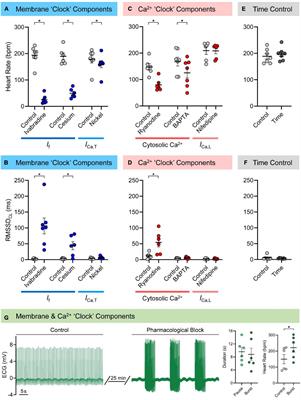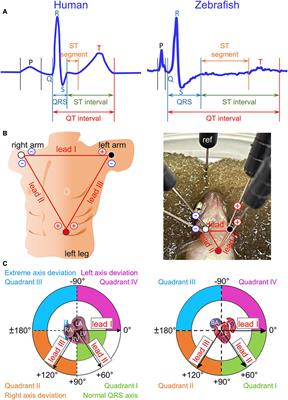ORIGINAL RESEARCH
Published on 28 Feb 2022
Drivers of Sinoatrial Node Automaticity in Zebrafish: Comparison With Mechanisms of Mammalian Pacemaker Function

doi 10.3389/fphys.2022.818122
- 3,264 views
- 11 citations
7,887
Total downloads
30k
Total views and downloads
You will be redirected to our submission process.
ORIGINAL RESEARCH
Published on 28 Feb 2022

ORIGINAL RESEARCH
Published on 23 Jul 2021

REVIEW
Published on 15 Jan 2021

REVIEW
Published on 13 Jan 2021

ORIGINAL RESEARCH
Published on 23 Dec 2020

REVIEW
Published on 19 Nov 2020

